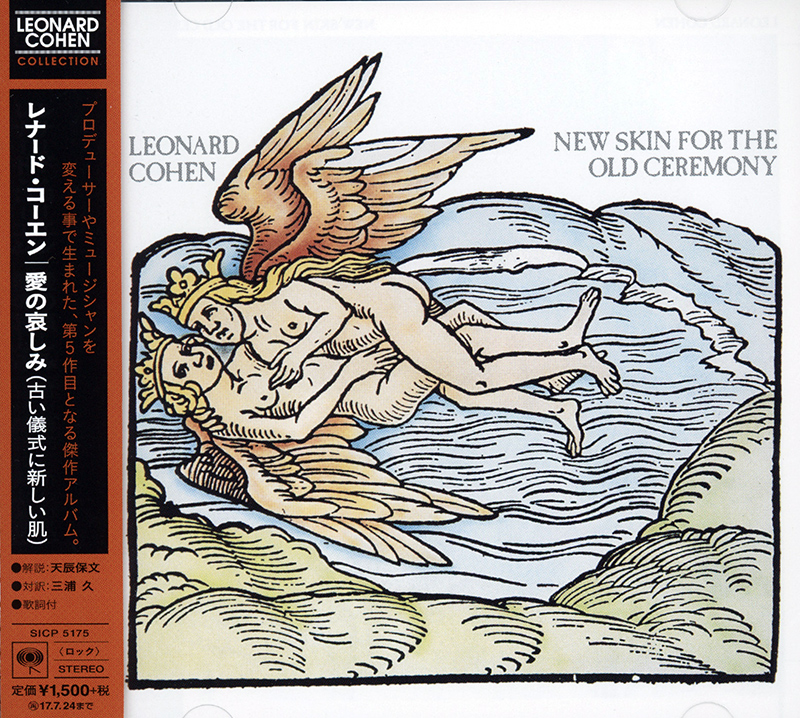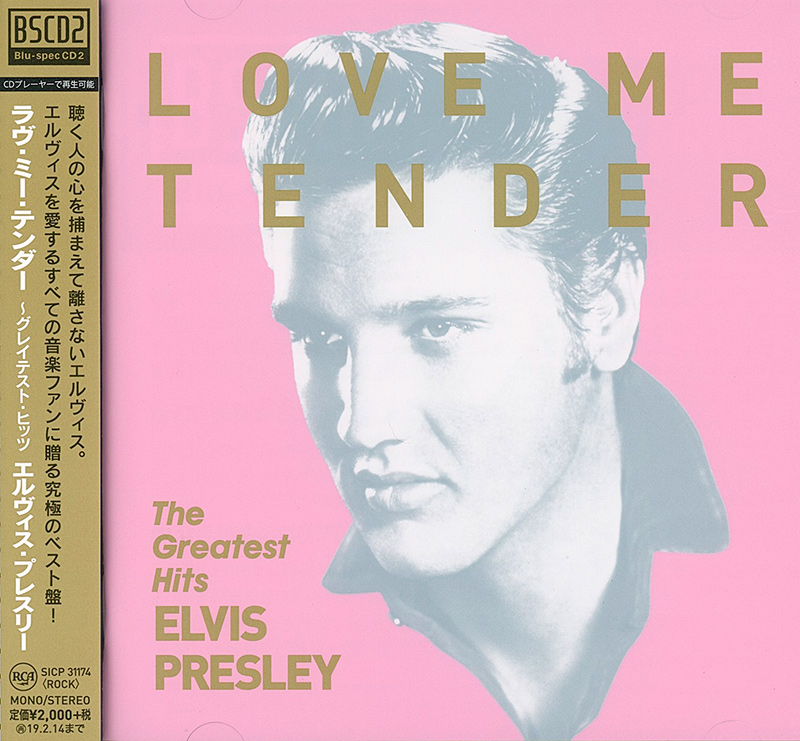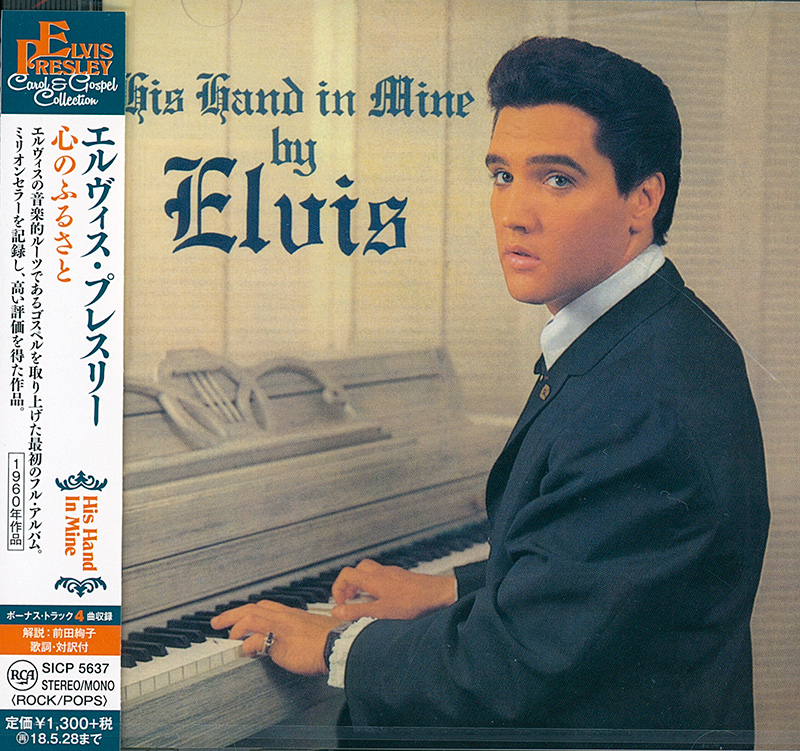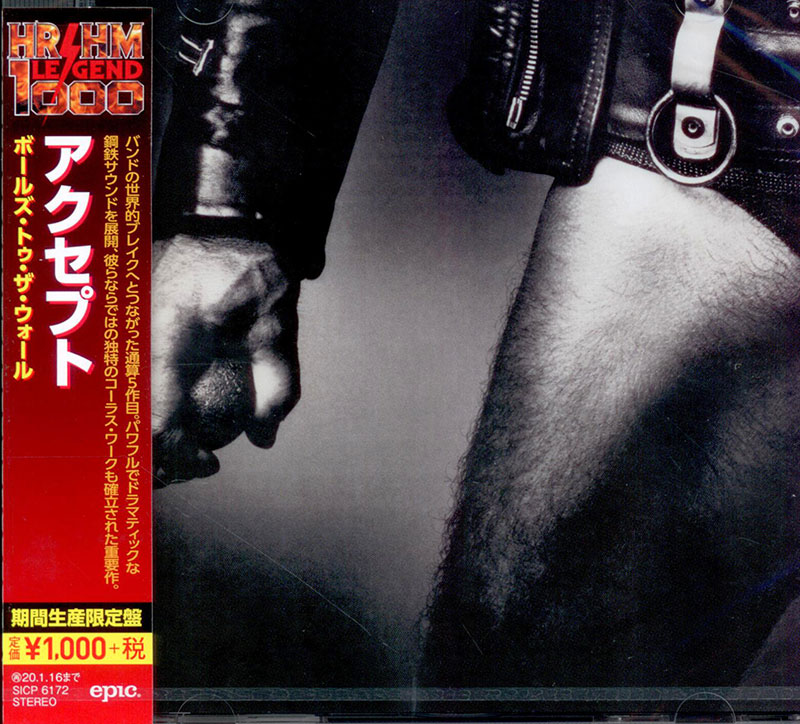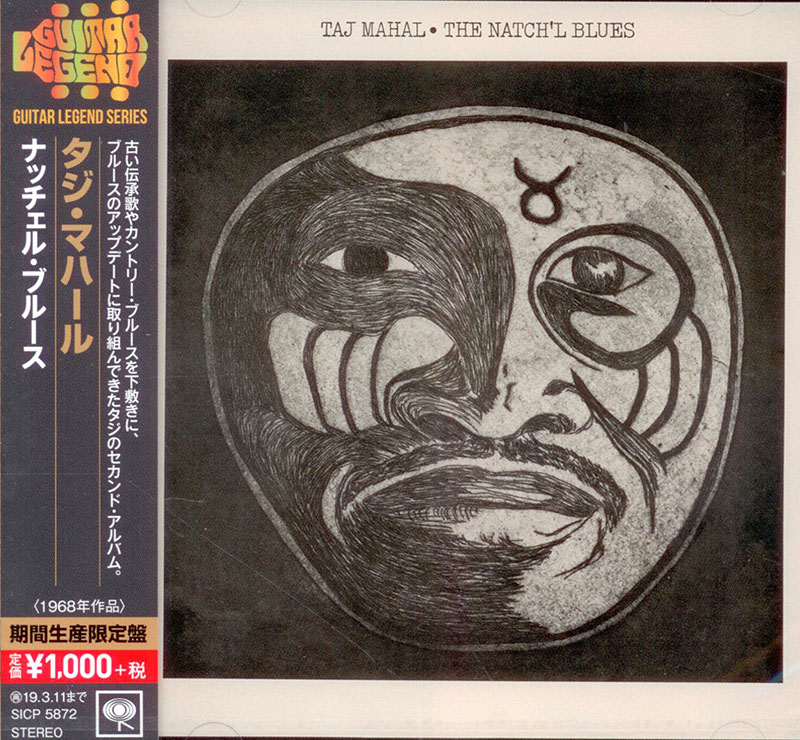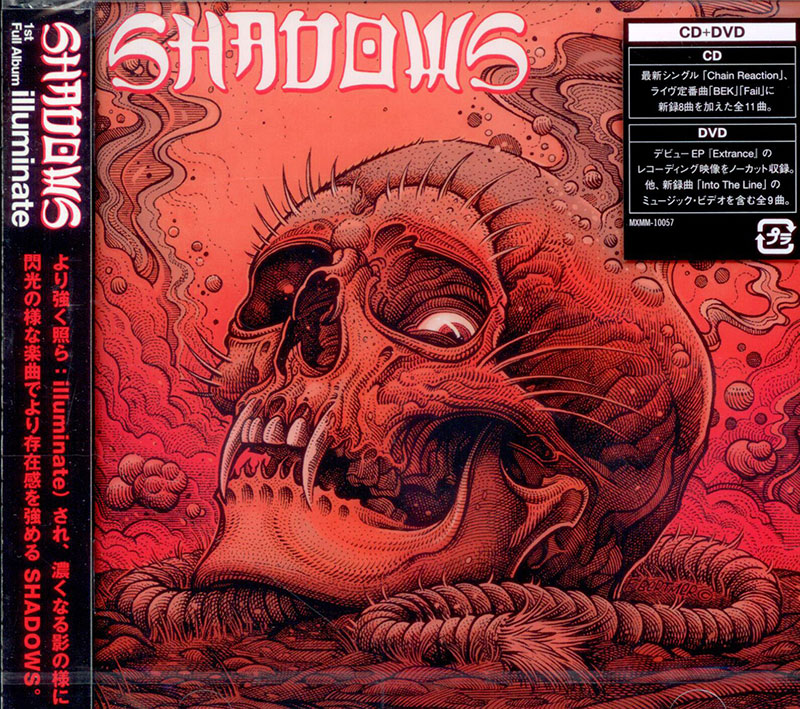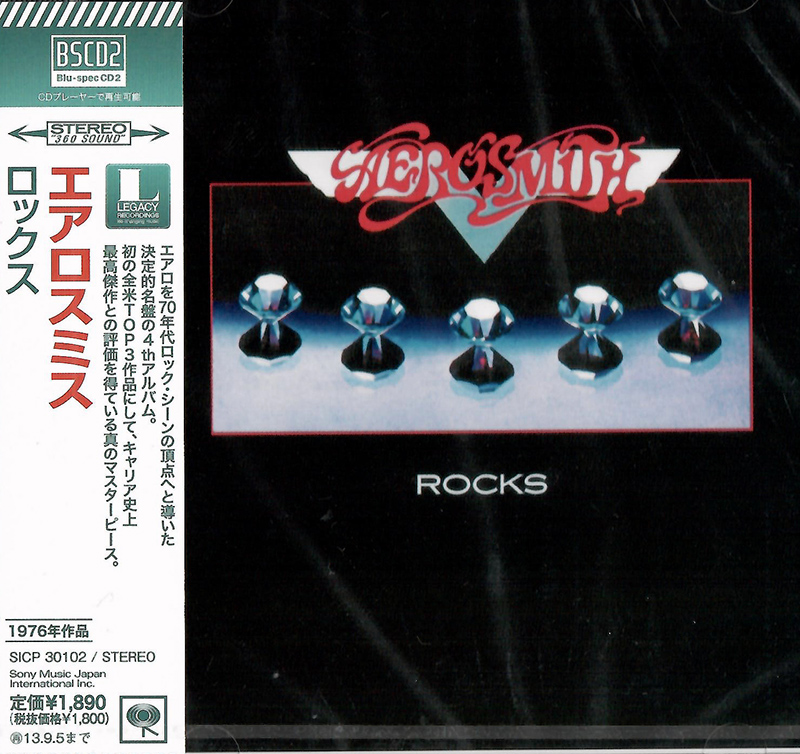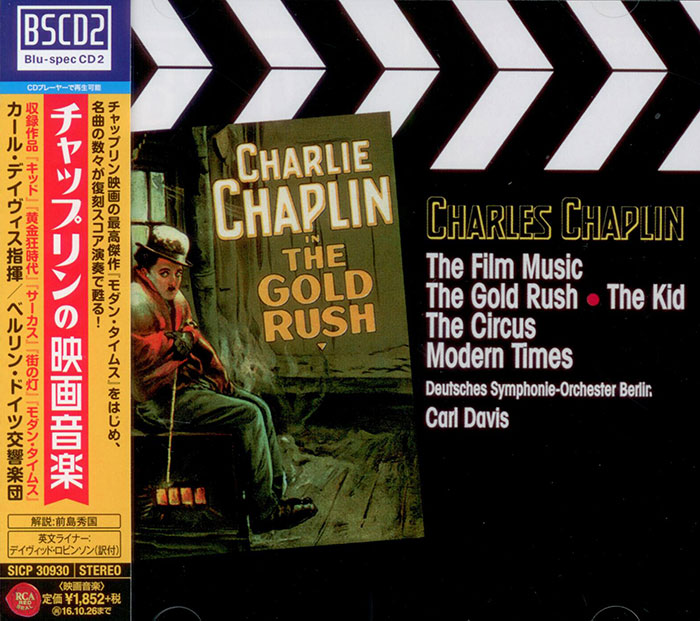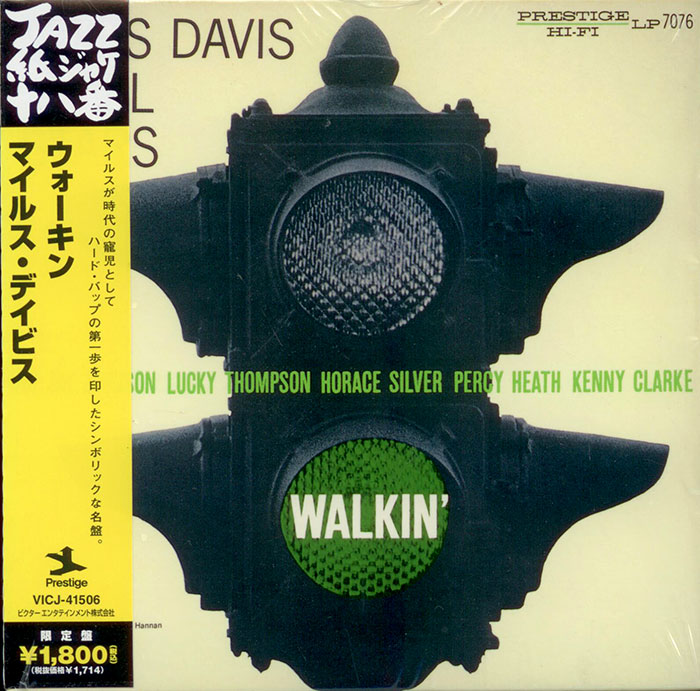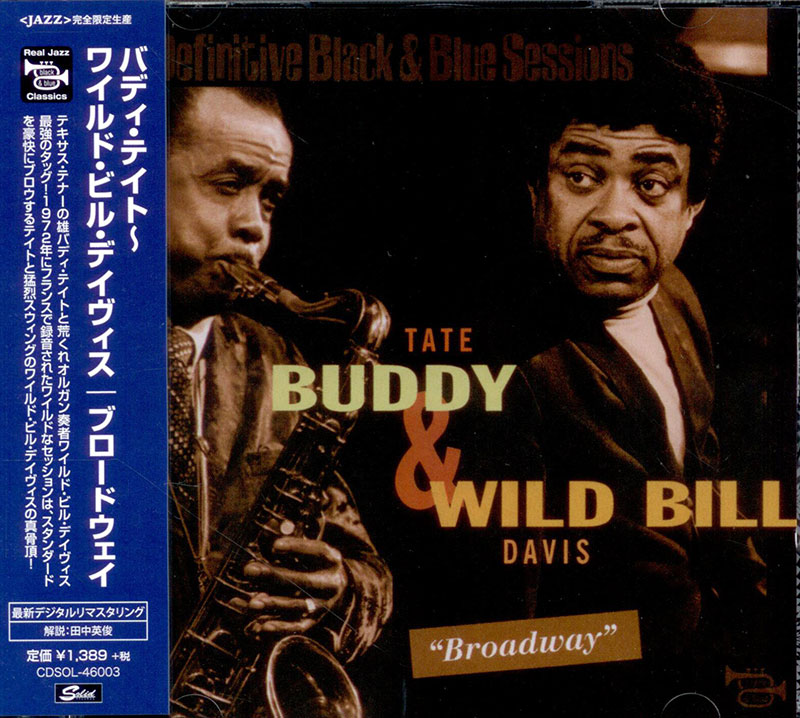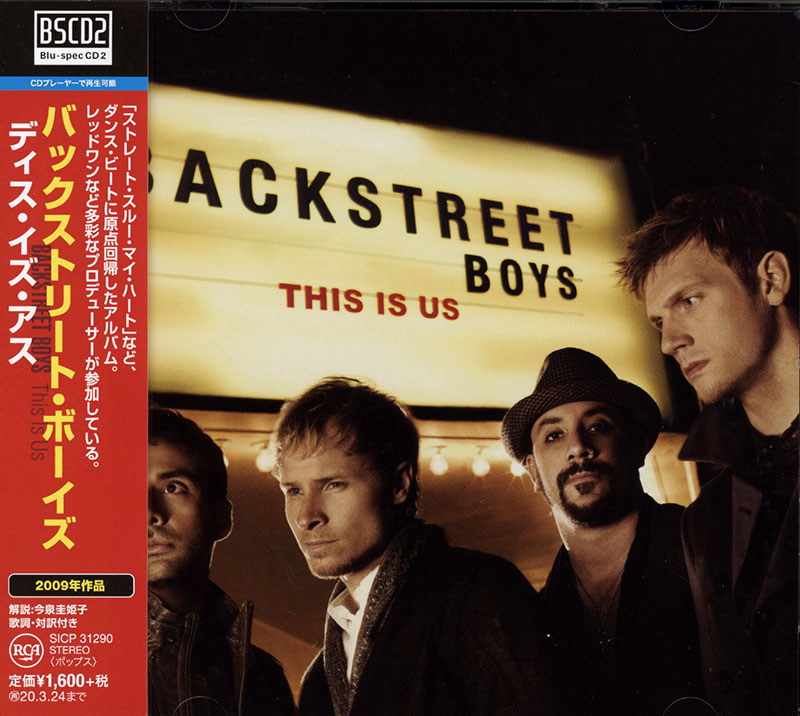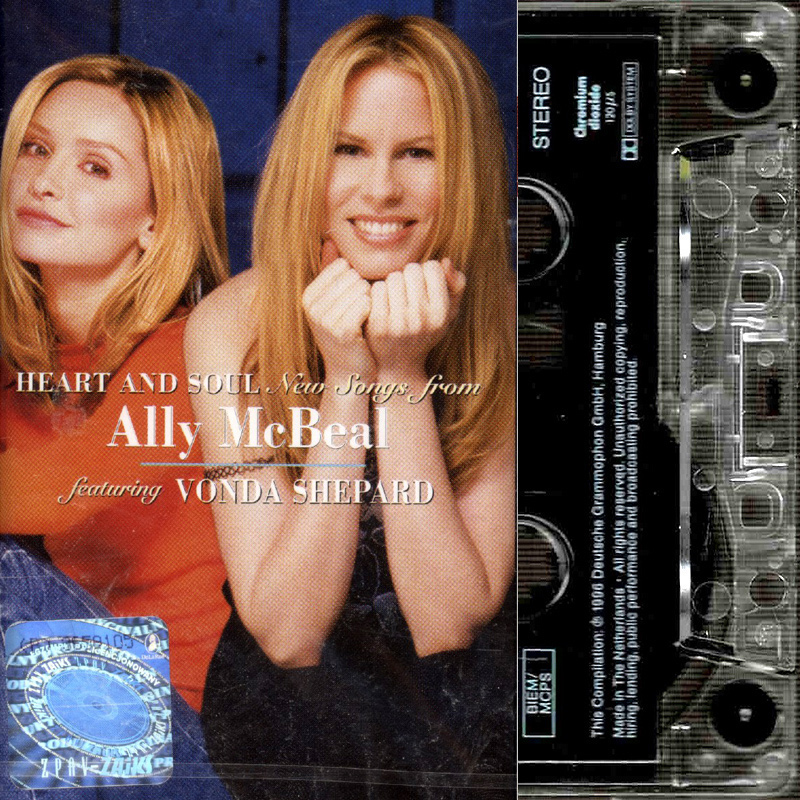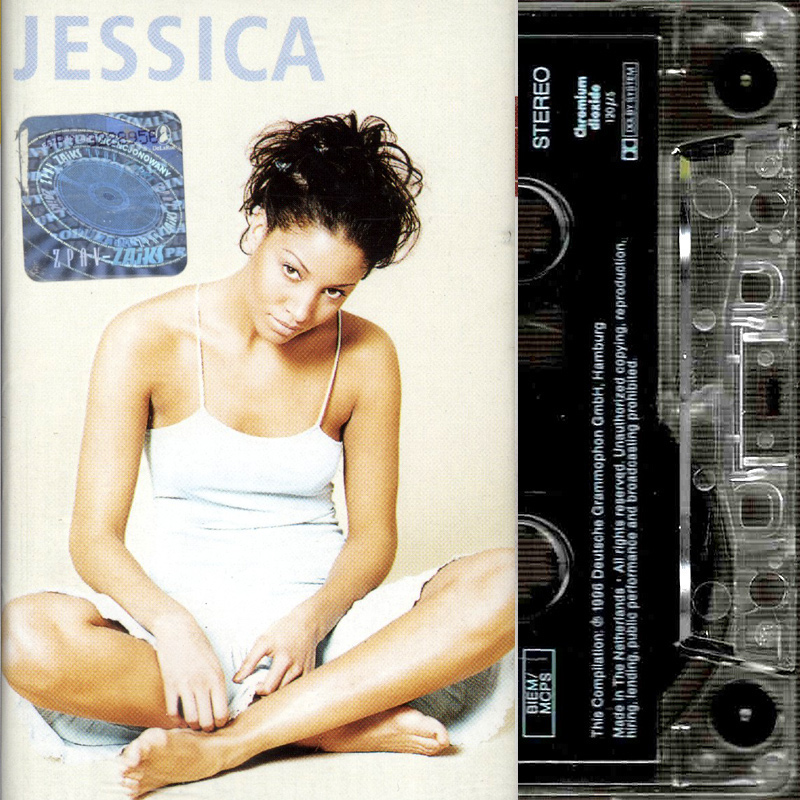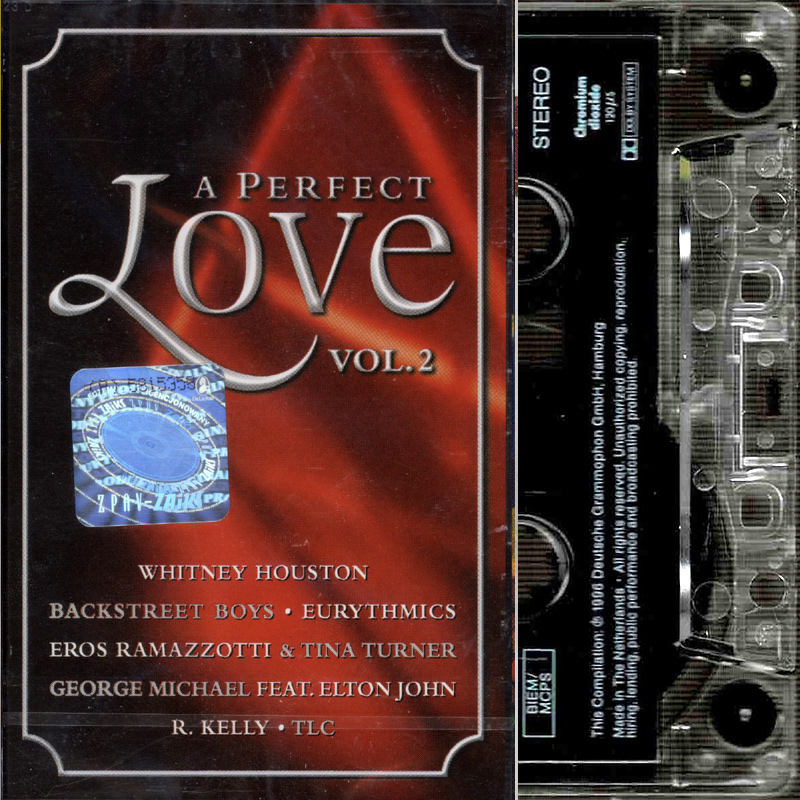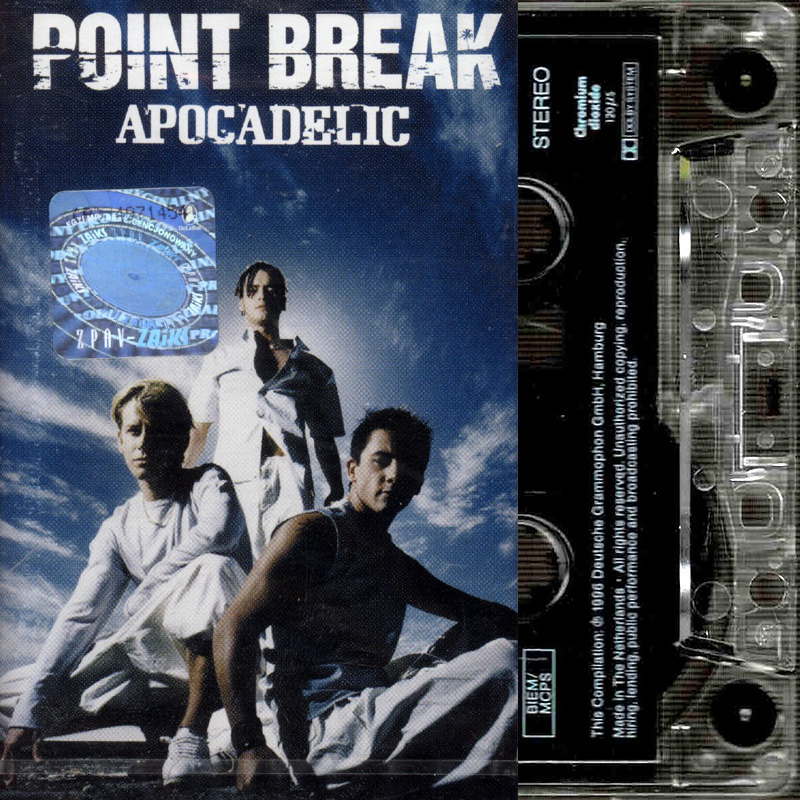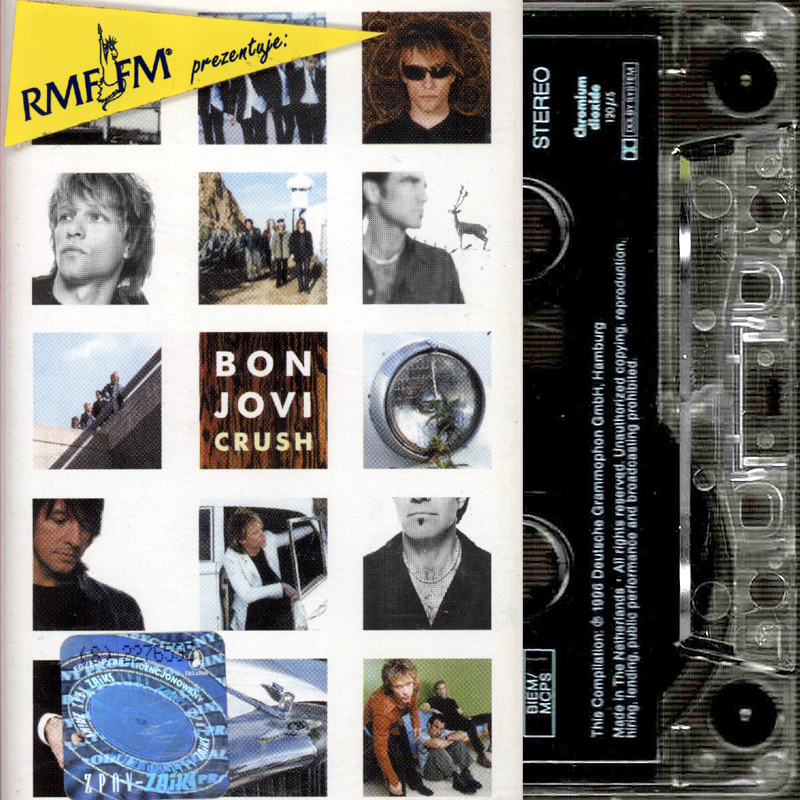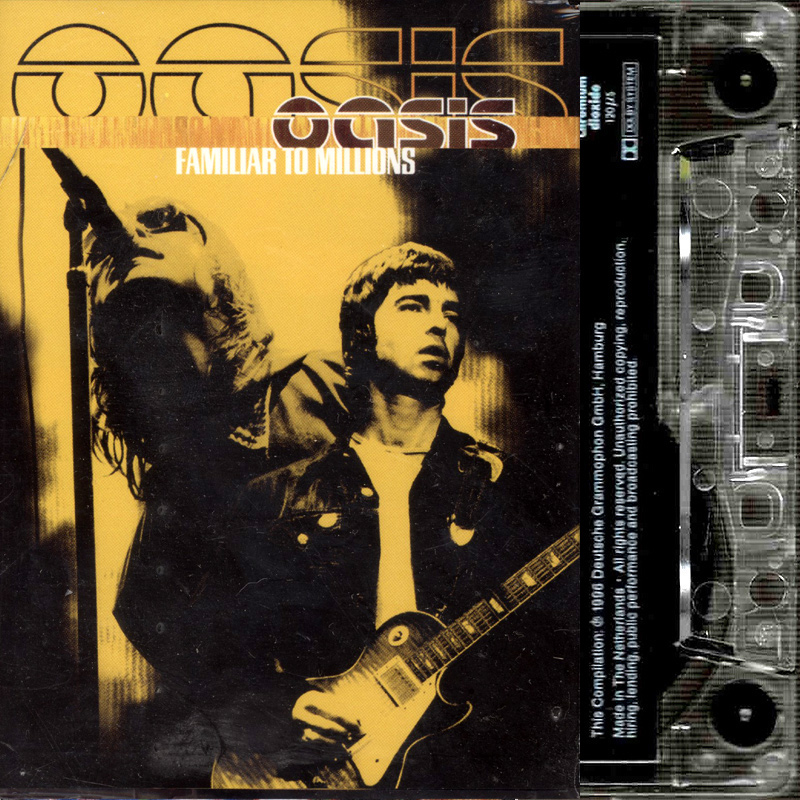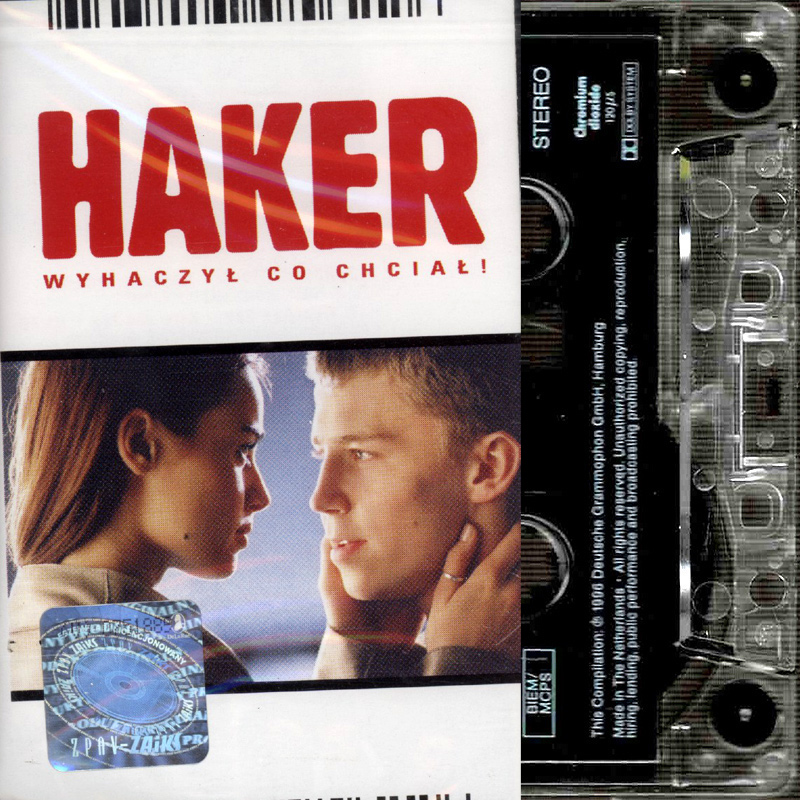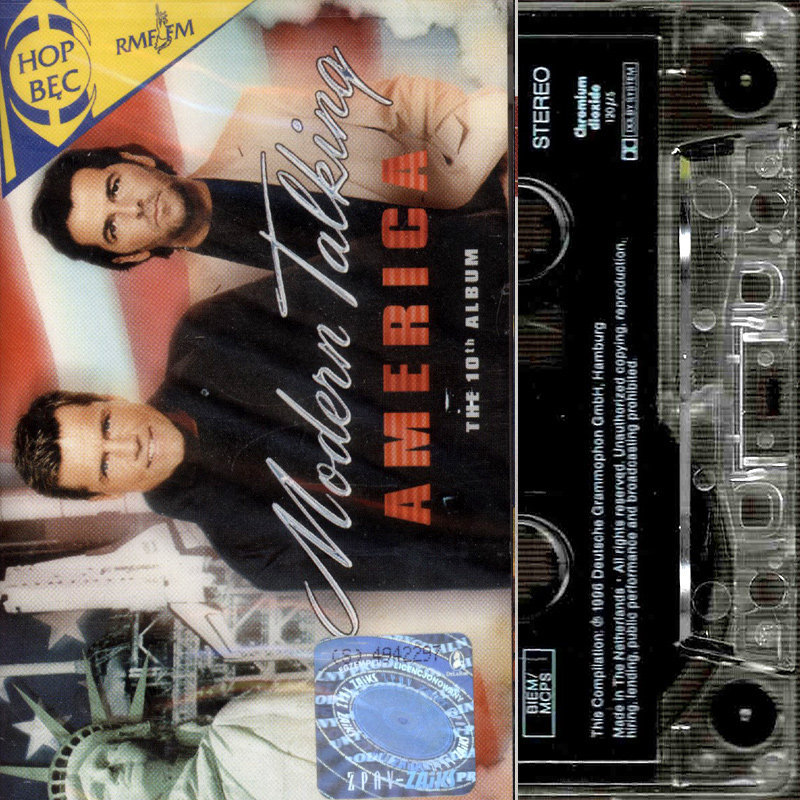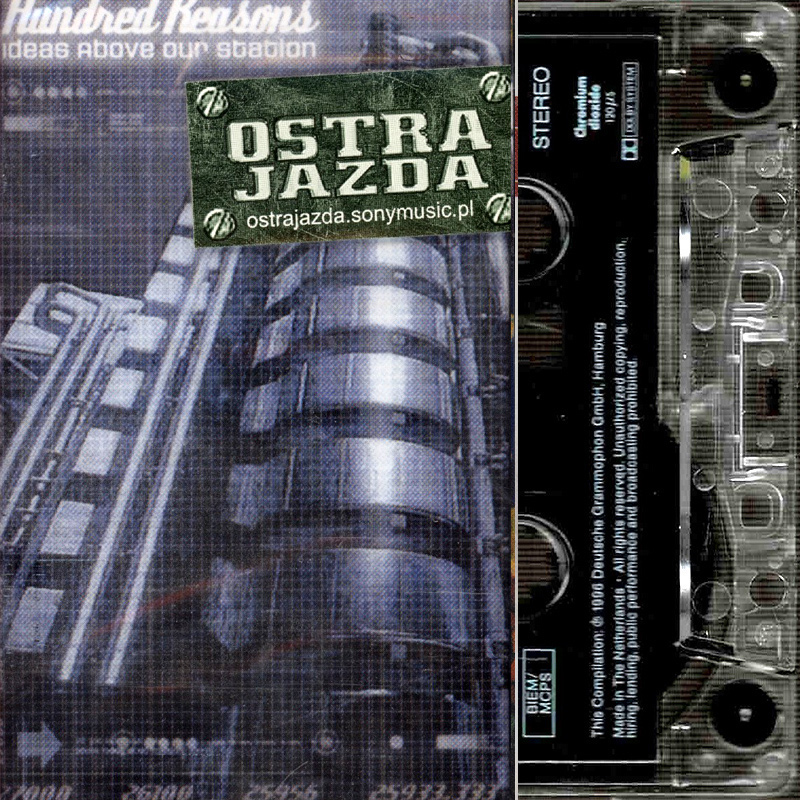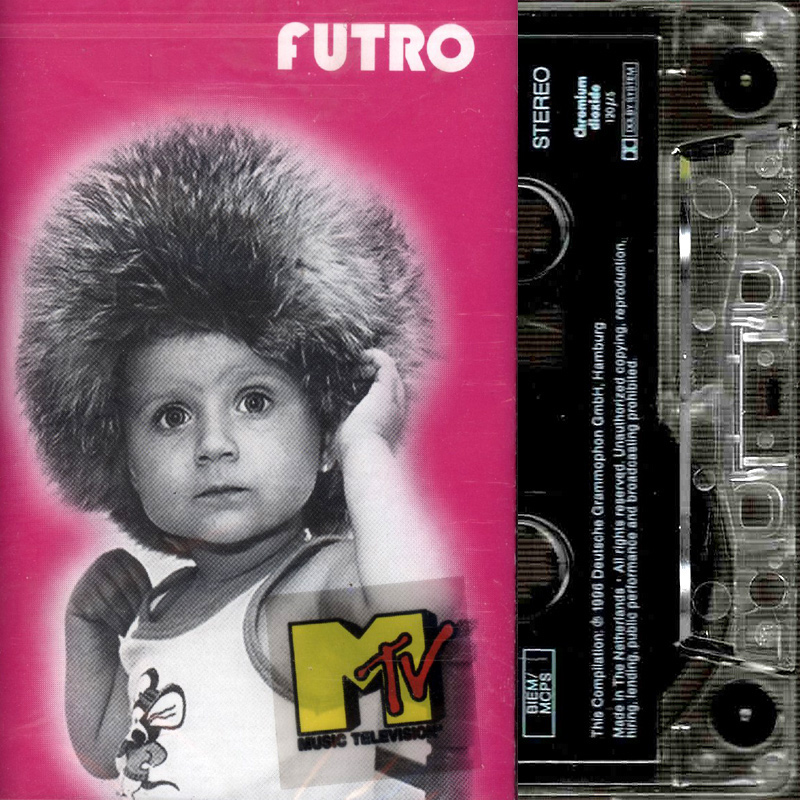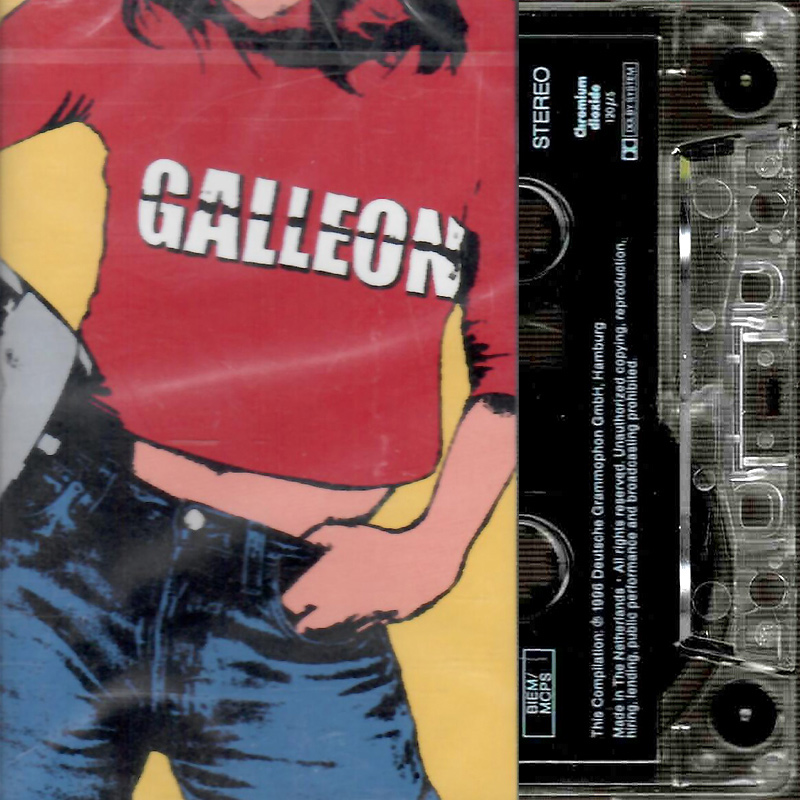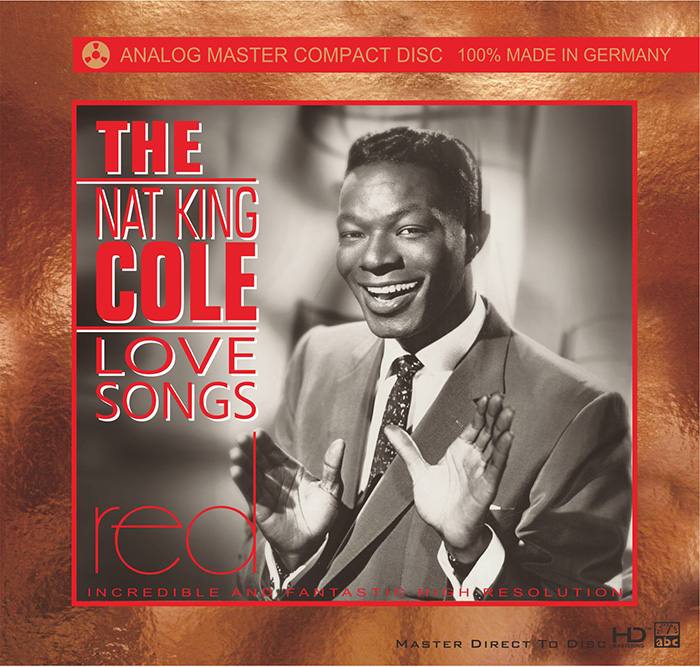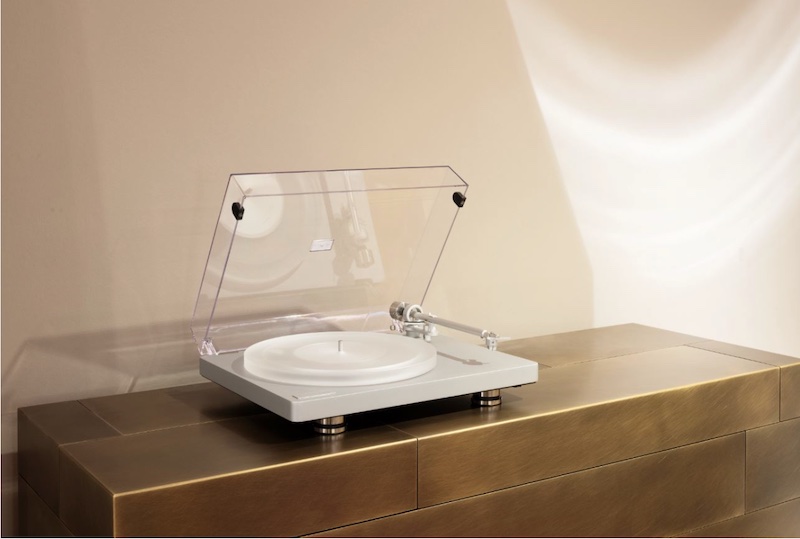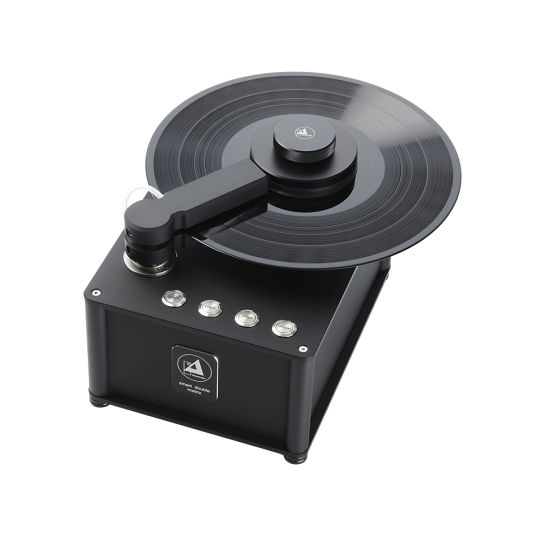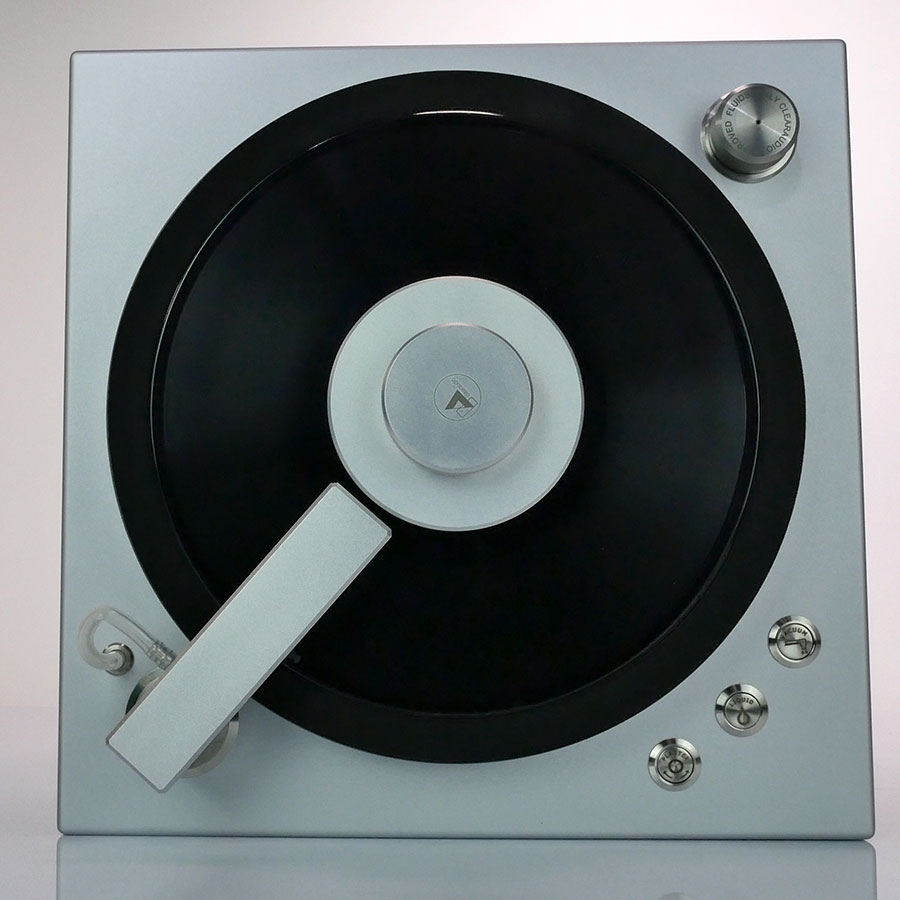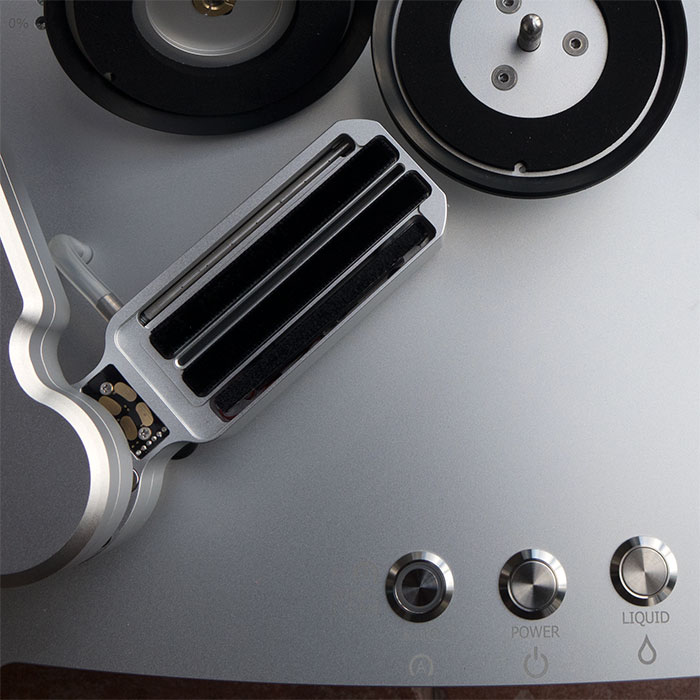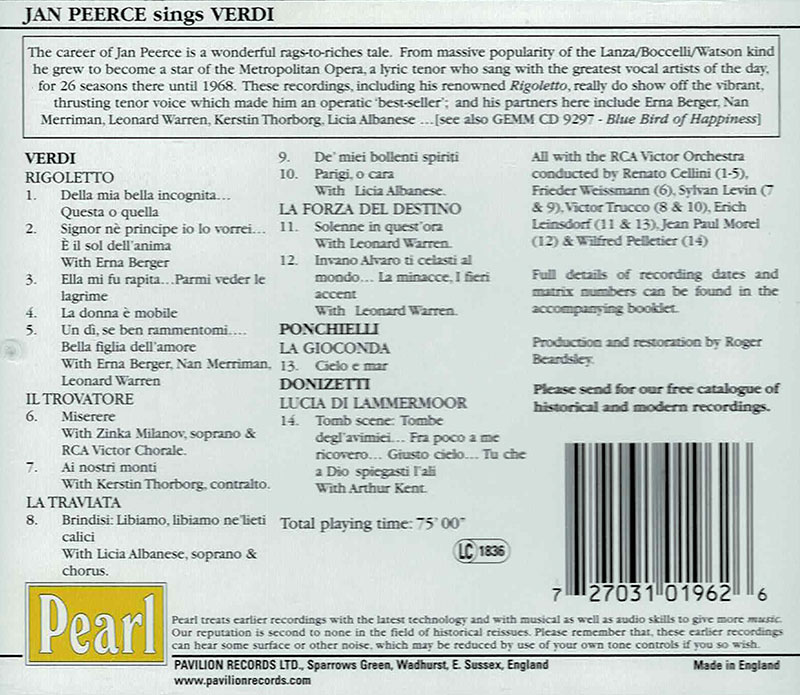Logowanie
Mikołaj - ten to ma gest!
Miles Davis, Horace Silver, Jay Jay Johnson, Percy Heath, Kenny Clarke, Lucky Thompson
Walkin'
20bit K2Super Coding - ale jak to brzmi!
Kasety magnetofonowe
Winylowy niezbędnik
ClearAudio
Double Matrix Professional - Sonic
najbardziej inteligentna i skuteczna pralka do płyt winylowych wszelkiego typu - całkowicie automatyczna
VERDI, Jan Peerce
Jan Peerce Sings Verdi
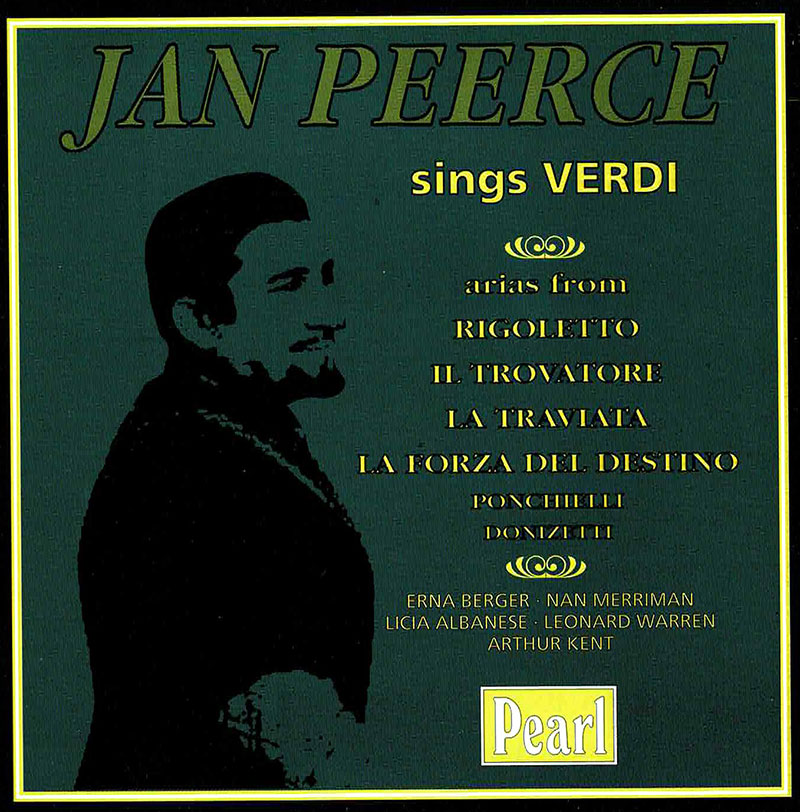
- 1. Della Mia Bella Incognita...Questa O Quella
- 2. Signor Ne Principe Io Lo Vorrei...E Il Sol Dell'anima
- 3. Ella Mi Fu Rapita...Parmi Veder Le Lagrime
- 4. La Donna E Mobile
- 5. Un Di, Se Ben Rammentomi...Bella Figlia Dell'amore
- 6. Miserere
- 7. Ai Nostri Monti
- 8. Brindisi: Libiamo. Libiamo ne'lieti Calici
- 9. De' Miei Bollenti Spiriti
- 10. Parigi, O Cara
- 11. Solenne In Quest'ora
- 12. Invano Alvaro Ti Celasti Al Mondo...La Minacce, I Fieri Accent
- 13. Cielo E Mar
- 14. Tomb Scene: Tombe Degl'avimiei...Fra Poco A Me Ricovero...Giusto Cielo...Tu Che A Dio Spiegasti l'ali
- Jan Peerce - tenor
- VERDI
JAN PEERCE: From ghetto to glory When the operatic history of the 20th century finally comes to be written, a number of Hollywood-style rags-to-riches stories will emerge. One of these will surely be that of Jan Peerce, the son of poor, Russian immigrant Jewish parents, who came from a ghetto to become one of the most admired of American tenors, achieving the remarkable record of 26 seasons at the Metropolitan Opera. In a way Peerce emerged at the right time. His debut at the Met in 1941 coincided with a period when World War II ensured there was a dearth of European artists appearing at that house. His heroic style filled a need for a strong, lyric tenor to assume such roles as Faust, Cavaradossi, Rodolfo and Riccardo. His versatility and obvious musicianship ensured he mastered a variety of styles; he was always ready to substitute for sick colleagues and could meet the challenges of the operatic management. He was of the people and sang for the people; his audiences took him to their hearts and he never let them down. He was born Jacob Pincus Perelmuth on 3 June 1904, in lower Manhattan. His father, who had come to America some two years earlier, followed other members of his family who sought a better life. Jacob was the first son born in the great New World and he was brought up in a loving, but strictly disciplined home in which he was encouraged to develop musical talent with violin lessons. He also assisted his father singing at the local synagogue. Later, his parents ran a catering hall, which often hosted weddings. These occasions demanded entertainment and the young Jacob, toting a violin always at the ready, formed a jazz outfit, which he called 'Pinky Pearl and his Society Dance Band'. During such extravaganzas he would also sing, to the delight of his audiences, who responded generously. Thus began a career as violinist and vocalist in clubs and dance halls all over New York City. It was now 1927. A new entertainment had begun to emerge. The `Talkies', the first sound movies, drew crowds amazed at the wonder of the new technology. Between features producers would bill live entertainment. One of the most successful venues in New York City was the Radio City Music Hall. Peerce was soon to become its preferred and regularly featured soloist. He now called himself John Pierce, the `John' later evolving to `Jan' and `Pierce' to `Peerce'. Jan Peerce now found himself in demand for both the Music Hall and radio, appearing regularly on programmes like `Radio City Music Hall on the Air' from its inception in December 1932. Peerce's career had now assumed serious proportions. This must have been instrumental in his decision to study voice seriously He had had a number of teachers previously. At 17 he studied with Martinelli's teacher Roxas. Later Sam Rothafel, who founded the Roxy Theater, offered him a scholarship with a local pedagogue, Eleanor McClellan, then with Alfred Martino. The formative teaching of his career, however, was with Giuseppe Boghetti (not to be confused with the important Italian Wagnerian tenor Giuseppe Borgatti), the teacher of Marian Anderson, Helen Traubel and Blanche Thebom. Peerce's was slowly becoming a household name. Millions heard him on the radio both on Radio City's programme and the famous Chevrolet Hour.The radio proved crucial in forming the direction of his future career. In some broadcasts he was given an opportunity to sing operatic arias and excerpts, one of which was a broadcast of the first act of Die Walkiire, in which Peerce sang Siegmund. His singing came to the attention of no less a personality than Arturo Toscanini, who expressed an interest in auditioning Peerce, for he was looking for a tenor for a forthcoming broadcast of Beethoven's Ninth Symphony. Toscanini always demanded innate musicality and a developed musicianship from his singers and he immediately recognised this in Peerce, just as he had in his preferred Italian tenor of a generation earlier, Aureliano Pertile. Peerce needed to sing only one aria, `Una furtiva lagrima', when he auditioned for Toscanini. He was immediately engaged for the forthcoming broadcast on 6 February 1938 and he participated in a number of Toscanini's broadcasts and complete opera recordings. For Peerce there was now no looking back. His popular days were behind him; his future lay in opera. He made his operatic debut with the Columbia Opera Company of Baltimore as the Duke in Rigoletto in 1938 and toured with them extensively. Operatic debuts then followed with the Chicago Opera, again as the Duke, and with San Francisco Opera in October 1941 in Rigoletto with Lily Pons and Lawrence Tibbett. It was inevitable that his Met debut would soon follow. The Met needed a lyric tenor with spinto overtones. They had several lighter lyric tenors like Nino Martini, Charles Kullmann, Armand Tokatyan and Bruno Landi and heroic voices like Melchior's, Arthur Carron's and Rene Maison's. While a certain amount of crossover among roles was possible from these artists, the natural quality of Peerce's voice filled a casting gap.Thus it was that on 29 November 1941 Peerce made his debut in the role of Alfredo in La Traviata, with Jarmila Novotna and Lawrence Tibbett. Although this lay on the lighter side of his repertoire, he received a very complimentary review from Olin Downes of the New York Times: Then there was the new Alfredo. Mr Peerce's audience, whether present on the other side of the footlights, or in coast-to-coast performances over the land, was delighted, and with good reason, by the appealing quality of his voice, and his manner of using it. He had full meed of applause. Peerce remained with the Met for 26 seasons until June 1968. During this period he sang Italian and French roles. In addition to those mentioned above he also sang Turiddu, Alfredo, Don Ottavio, Edgardo, the Duke, Pinkerton and Alvaro and was the soloist in Verdi's Requiem. On that stage he sang twelve roles and was also a frequent soloist in Galas and Sunday Concerts. Audiences demanded particularly his Alfredo, Edgardo, the Duke and Rodolfo. The end of his association with the Met owed more to slowly failing eyesight (he had always been short sighted, but as he aged he found it increasingly difficult to see on stage) than a deterioration in his voice. Probably, too, he realised he no longer cut such a credible figure depicting the often hapless young men of his repertoire. Yet this did not mark the end of his career, for he had always been a frequent recitalist, and on the concert platform he could continue the rapport with his stillloving audience. His concert career also took him abroad to Sweden, Austria, South Africa, Japan, Australia and New Zealand. Peerce was considered a perfect choice for Tevye in a new production in Fiddler On The Roof. Never one to shirk new challenges, and despite his failing eyesight, he made his Broadway debut at the age of 66. At a time when most tenors have usually retired, he found a new role with which he would surely have identified and a part in which he must have projected an ideal stage persona. He was still appearing in concert into the mid 1970s. He died on 15 December 1984 in New York. The recordings here date from his earliest discs from 1941, in which the youthful, vibrant, forward-thrusting quality of his tenor is always evident. His recordings were bestsellers and obviously deserved to be, for he had conquered so many genres and countless audiences. Jan Peerce may also be heard in more popular as well as operatic repertoire on Blue Bird of Happiness. `early radio material gorgeously sung ... a tremendous Vesti la giubba ... the Pearl transfers are the best'ICRC GEMM CD 9297
